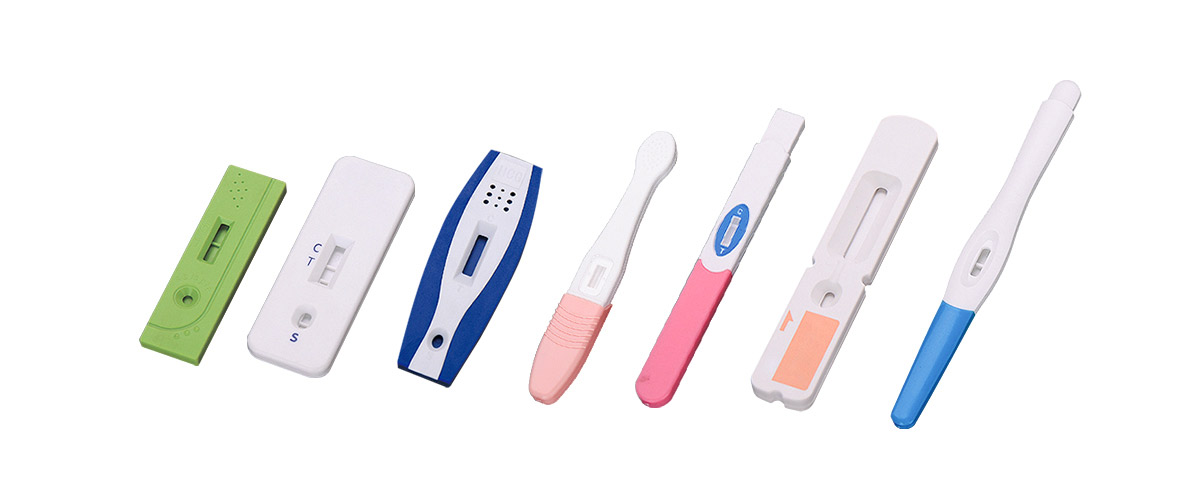Lateral flow assays have revolutionized the landscape of diagnostic testing, providing quick and cost-effective results across various industries. These assays, also known as immunochromatographic tests, offer a simple yet powerful method for detecting the presence or absence of a target analyte. So, how exactly does a lateral flow assay work?
Lateral flow assays have become indispensable in various industries, and understanding the intricacies of Lateral flow manufacture is crucial for ensuring the reliability and efficiency of these diagnostic tools.
Basic Principles
At its core, a lateral flow assay operates on the principles of immunochromatography. This technique relies on the specific binding between antibodies and antigens. In the context of lateral flow, this interaction is utilized for the detection of a particular substance in a sample.
Components of a Lateral Flow Test Strip
Understanding the components is crucial to grasp the mechanics. The test strip typically consists of a sample pad, conjugate pad, nitrocellulose membrane, absorbent pad, and backing card. Each element plays a vital role in facilitating the assay process.
Step-by-Step Process
The simplicity of lateral flow assays contributes to their widespread use. The process involves applying the sample, often a bodily fluid like urine or blood, to the sample pad. The sample then travels through the strip via capillary action, encountering different zones designed for specific interactions.
Antibodies and Antigens
Key to the success of lateral flow assays are antibodies and antigens. These biological molecules are carefully chosen to ensure accurate detection. The antibodies, often labeled with a visible marker, bind to the target antigen, forming a detectable signal.
Conjugates and Labels
The conjugates and labels used in lateral flow assays enhance visibility and interpretability. Various markers such as colloidal gold or latex beads are employed, creating visible lines on the test strip when the target analyte is present.
Types of Lateral Flow Assays
Lateral flow assays find applications in diverse fields, ranging from pregnancy tests to infectious disease diagnostics and drug testing. The adaptability of this technology underscores its significance in various industries.
Advantages and Limitations
Rapid results, cost-effectiveness, and simplicity are key advantages of lateral flow assays. However, considerations such as sensitivity and specificity must be acknowledged to comprehend their limitations fully.
Recent Technological Advances
In recent years, technological advancements have elevated lateral flow assays. Incorporating nanoparticles, integrating smartphones for result analysis, and enhancing sensitivity demonstrate the continuous evolution of this diagnostic tool.
Industries Using Lateral Flow Assays
Medical diagnostics, food safety, and environmental monitoring are just a few industries benefiting from lateral flow assays. The versatility and speed of these tests make them invaluable tools in ensuring safety and health.
Challenges and Future Prospects
Despite their success, lateral flow assays face challenges, prompting ongoing research to overcome limitations. Emerging trends suggest a promising future for this technology.
Comparison with Other Diagnostic Methods
Contrasting lateral flow assays with PCR and traditional laboratory techniques highlights their advantages in terms of simplicity, speed, and cost-effectiveness.
Real-World Examples
Success stories of lateral flow applications abound, demonstrating their impact on healthcare and beyond. From rapid disease diagnosis to food safety checks, these assays are making a tangible difference.
How to Interpret Lateral Flow Test Results
Understanding the significance of test lines and control lines is crucial for accurate interpretation. This section provides insights into interpreting lateral flow test results and offers troubleshooting tips.
DIY Lateral Flow Assays
Exploring the realm of at-home testing kits, this section delves into the safety measures and guidelines for individuals conducting their lateral flow assays.
Regulatory Considerations
Compliance with regulatory standards, such as FDA approval, ensures the reliability of lateral flow assays. This section discusses the importance of quality control in maintaining the effectiveness of these tests.
The Future of Lateral Flow Assays
Looking ahead, innovations and potential breakthroughs in diagnostic technology promise an exciting future for lateral flow assays. The continuous pursuit of excellence in research and development will undoubtedly shape the next generation of diagnostic tools.
Conclusion
In conclusion, lateral flow assays have emerged as indispensable tools in diagnostic testing, catering to diverse industries and applications. Their simplicity, speed, and cost-effectiveness make them a cornerstone in ensuring health and safety. As we navigate the future, the ongoing innovations and advancements in lateral flow technology hold the promise of even more efficient and reliable diagnostic solutions.
Also, lateral flow manufacture is a multifaceted process that demands precision, adherence to standards, and consideration of environmental impact. Continuous advancements in technology and a commitment to quality ensure that lateral flow assays remain a reliable diagnostic tool across various industries.
FAQs:
- Are lateral flow assays only used in medical diagnostics?
- No, lateral flow assays find applications in various industries, including food safety and environmental monitoring.
- How do DIY lateral flow assays ensure accuracy?
- DIY lateral flow assays come with detailed guidelines and safety measures to ensure accurate results.
- Can lateral flow assays replace traditional laboratory techniques entirely?
- While they offer advantages in terms of speed and cost, lateral flow assays may not completely replace traditional techniques in certain scenarios.
- What role do nanoparticles play in enhancing lateral flow assays?
- Nanoparticles contribute to increased sensitivity, allowing for more accurate detection of target analytes.


